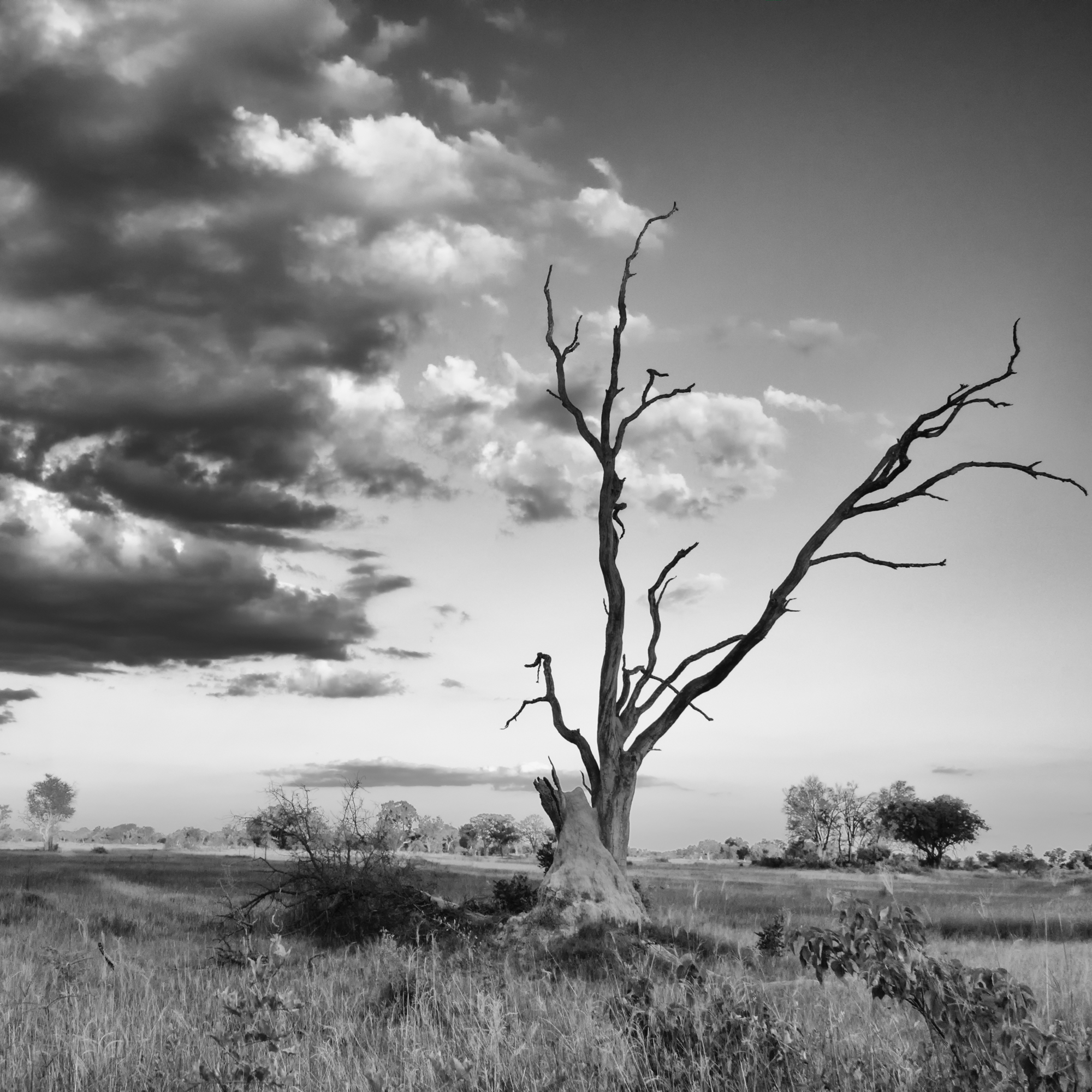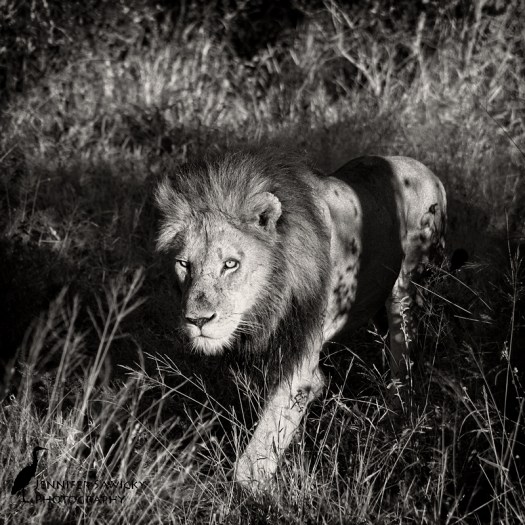



Showcasing the beauty of Mother Nature



Instead of my weekly monochrome Monday post, I decided to share some of my favourite elephant images, in honour of World Elephant Day.
May these beautiful animals roam in peace 🙂
Elephants are my favourite animal to spend time with on safari, so feel free to search my site for elephants to find other posts about these majestic giants, or take a look at the gallery.
Last week, I featured hornbills for my topic of the month, and this week, it is birds in the dark. I had started typing out birds at night, but one of the images was taken at daybreak, and I thought it best to try and be accurate 🙂
I was very fortunate to have several different owl sightings during my travels, as well as two nightjar sightings. The nightjars were by far the easiest to photograph, as they tend to lay in the road after dark, and if you are lucky you can drive the vehicle fairly close to them and use a spotlight. Owls are a more challenging one, unless you are lucky enough to find them very close to the road, and not spook them when driving up.
This past trip, the first owl sighting I had was on my first evening game drive, and it was rather exciting. I spotted this owl far away on a tree, and as we watched for a few moments, we realized it had a kill it was working on. The terrain made it impossible to drive any closer, so I had to do the best I could with a 400mm lens and a bit of cropping; the quality isn’t fantastic, but the moment was definitely memorable.



I had one eagle sighting while in the Timbavati, of a pearl-spotted owlet, but unfortunately by the time I got the attention of our ranger to stop, the owl was in flight and all I got was a butt shot as it flew away. And not even a decent butt shot; it’s completely blurry and not worth sharing. There’s always next time though 🙂
The rest of the sightings of birds in the dark all came while staying at Chitwa Chitwa with Harley as our guide. Harley really seemed to enjoy pointing out birds, and identifying the ones that I would randomly point at (generally small raptors which I still have a terrible time identifying).
The southern white-faced owl and the spotted eagle owl were seen within about 10 minutes of each other while heading back to camp for dinner; and then the pair of Verreaux’s eagle owls were spotted the following morning as we set off from camp.

Nightjar’s are a common bird to see on game drives at night, but a lot of times they fly away before you have a chance to capture a picture. This past trip, I was fortunate to have two sightings of different species that I could get decent images of.




I hope you enjoy my selections for the week. Wishing everyone a fantastic week ahead!






This week I decided to work on some cheetah images for monochrome Monday. I only had one cheetah sighting on my last trip, but as we had the opportunity to watch the female cheetah stationary under a tree, and in the beginning stages of a failed hunt, there were lots of opportunities for images. I’m still waiting for the magic moment of seeing a cheetah moving at something faster than a saunter; but that’s just another reason to go on safari again someday!
I hope you enjoy my selections for the week. Happy Monday, and wishing you a wonderful week ahead!



As mentioned last week, I am going to focus on birds for my Sunday posts during the month of August. I had some really interesting bird sightings during my recent travels, and I am looking forward to editing and sharing some of the moments.
I decided to start off with hornbills; the only reason being that a hornbill was the first bird image I took when I got to the bush, so it seemed a logical enough place to start. I posted a few hornbill images back in June as a wordless Wednesday post; you can find those here.
During my travels, I saw 5 different species of hornbill, including several sightings on two different properties of the endangered southern ground hornbill. Our rangers shared some fascinating information about these birds; the southern ground hornbill has helpers to raise their chick; these baby-sitters put in several years of assistance duties before they take on the responsibility of mating themselves.


More common to see while out on game drives and the red and yellow billed hornbills (or banana head and chill pepper as they seem to be called quite often :)) Our rangers also explained some interesting facts about the breeding habits of the hornbills; I am not 100% certain if this applies to all the African hornbill species, but during breeding, the female will lay eggs into a tree hollow, and then allow herself to be sealed up inside the tree cavity with only a small opening to allow the male to pass food in to her and the chicks once they hatch. The female removes all her flight feathers during this time and allows them to regrow while nesting, and as such she is completely reliant on her mate for her survival, as well as the survival of their offspring. Such trust!



These last two hornbills are less common (at least for me) to see while out in the bush. I’ve seen the grey hornbill and crowned hornbill each on only one other occasion. Both of these were spotted while out on game drives from Lion Sands River Lodge.


I chose Babies in the Bush as my topic for July. Elephants definitely topped the list for the most babies seen while traveling, and given they are my favourite, I was absolutely thrilled with that. Wild animals have such a struggle to survive, and so many young animals healthy and thriving was one of the highlights of the trip.
Other than taking a few pictures of my dog while he was playing in the yard, I’ve not had my camera out at all this month. After spending most of May with it not more than a few feet from my side, it has felt strange to go back in the other direction again, and not be taking any images at all. The search for a happy medium continues!
Head on over to my gallery page for more of my favourite images.
For August, I am going to focus on bird photography. I got a lot of interesting captures while I was away, and perhaps I’ll even have a chance to get out locally and get some bird images before all of my summer birds start heading south again.
I’ve had the amazing good fortune to see wild dogs on all of my trips to Southern Africa. I don’t think I could ever tire of spending time with these amazing animals; seeing the interaction between different members of the pack is always an interesting experience. On this past trip, I had two different sightings; one where the dogs were active and out in the open, and the other, where they were lazing away the morning deep in a thicket.
Here a few of my images from these two sightings.
Enjoy!





I saved my favourite for last for my final instalment of July’s topic – Babies in the bush. I was actually so spoiled for choice with images of baby elephants that it was difficult to select which images to share. I’m not complaining, it is definitely a good problem to have!
On all of the properties we visited, the elephant sightings were prolific; so much so that a couple of our guides even commented about the volume of elephants sightings that we were having, and how lucky we were. There were moments that no matter which direction you looked, you were surrounded by elephants. And when we carried on down a road to see what else we could see, around every bend in the road, there were more. Being in the presence of these magnificent animals brings me such a feeling of peace and joy, so you’ll never hear me complain about seeing too many elephants while out on safari.
You can’t help but smile while watching baby elephants. They have so much personality, and are often very precocious and curious. You’ll often see them mock charging vehicles trying to be big and tough, playing with sticks and branches in the bush, tussling with their little friends, having a temper tantrum when something isn’t going their way, or playing shy, hiding between Mom and other larger, more confident elephants.
I hope you enjoy my selections for the week 🙂










